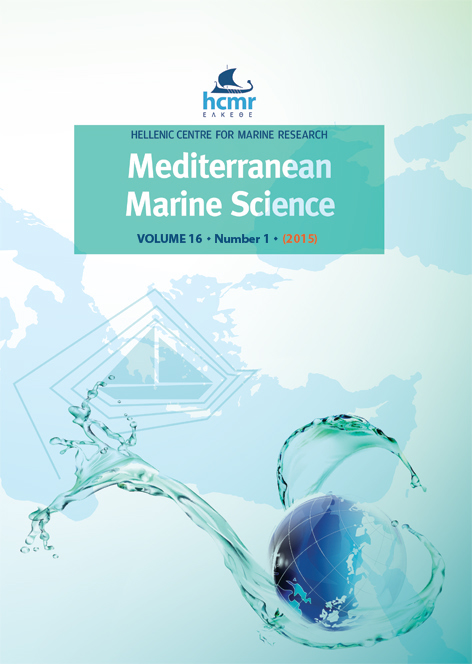Chemical oceanography in the Cretan Sea: Changes associated to the transient
Résumé
The intensive research since 1985 in the framework of national and international programmes revealed important modifications in oxygen and nutrients distribution in the Cretan Sea. The significant increase of density and of formation rates of the Cretan Dense Water (CDW) during the last decade is basically responsible for the drastic change of the thermohaline circulation and the installation of a new hydrological regime in the Eastern Mediterranean. In the Cretan Sea, the most important effect of the new regime, is the installation of a well-defined "minimum salinity, temperature, oxygen and maximum nutrient" intermediate layer formed by the intrusion of the Transitional Mediterranean Water (TMW) compensating the massive CDW outflow.
The nutrient enrichment of the intermediate layers of the Cretan Sea, due to the intrusion of the "nutrient rich-oxygen poor" TMW, was observed firstly in 1991 and became very important during 1994-95. During 1994-95 the TMW occupies the intermediate layers of the entire Cretan Sea and the concentrations of nutrients in this layer are often two times higher than in the past. Recently, in 1997-98 the chemical characteristics of TMW are less pronounced probably related to the weaker CDW outflow.
Article Details
- Comment citer
-
SOUVERMEZOGLOU, E., & KRASAKOPOULOU, E. (2000). Chemical oceanography in the Cretan Sea: Changes associated to the transient. Mediterranean Marine Science, 1(2), 91–103. https://doi.org/10.12681/mms.292
- Numéro
- Vol. 1 No 2 (2000)
- Rubrique
- Research Article
Authors who publish with this journal agree to the following terms:
- Authors retain copyright and grant the journal right of first publication with the work simultaneously licensed under a Creative Commons Attribution Non-Commercial License that allows others to share the work with an acknowledgement of the work's authorship and initial publication in this journal.
- Authors are able to enter into separate, additional contractual arrangements for the non-exclusive distribution of the journal's published version of the work (e.g. post it to an institutional repository or publish it in a book), with an acknowledgement of its initial publication in this journal.
- Authors are permitted and encouraged to post their work online (preferably in institutional repositories or on their website) prior to and during the submission process, as it can lead to productive exchanges, as well as earlier and greater citation of published work (See The Effect of Open Access).







